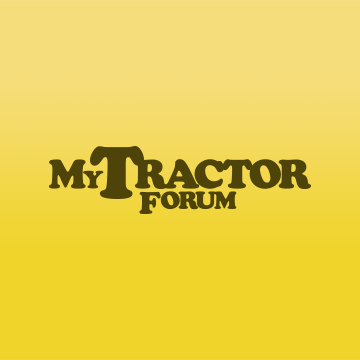It's not that you'll see extra heat from running soft in the winter but you will get more fatigue in the sidewalls from all the flexing.
It might be a good idea to put the front axle on a set of scales, if you have access to any) and see just what the weight is when the plow is lifted. If you're anywhere near max you really should be runnign air pressure at max as well.
In an idea world you should have fronts inflated higher than rears unless you're running a spreader. Rolling radius, the distance from the ground to the center if the tire should be the same on both axles. Nobody does it, and I'm not sure it's possible, given the varying load conditions, but it would eliminate a lot of the hop and steering twitch we get in 4wd.
I saw an extreme example of mismatched rolling radii on a snowblower at the airport in Lebanon, NH. This was a monster blower on a big, forward cab, Oshkosh chassis. The blower was the typicaly huge airport rig and had originally had hydrauliclly lowered helper wheels to take some of the weight off the front axle. They had removed the wheels and started breaking rear axles. They let on that it was usually when they had the blower raised that an axle would let go. My theory was that they had run afoul of mismatched rolling radius. The fronts were squashing down a lot from the weight of that huge blower, changing the radius of the tires. When the blower was lifted that made a huge torque build up in the drivetrain. The rear axle being less heavily loaded I think that a tire was breaking loose and then grabbing, when the torque got too extreme, and the shock load was snapping the axle.




